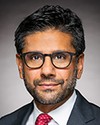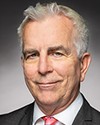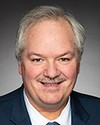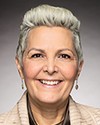Thank you very much.
I think you used the term “mixed messages”, and that's part of the challenge we're experiencing as a result of these guidelines. We have provinces and territories across Canada with different approaches to breast cancer screening. What that has inadvertently created is inequity: Where you live dictates what your breast cancer screening access looks like.
From the Canadian Cancer Society's point of view, we are urging all provincial governments to reduce access to systematic screening starting at age 40. We recognize that some provinces—I'm from Nova Scotia—have access to self-referral, for example, and have for some time, whereas provinces like Ontario have committed to rolling this out but aren't quite there yet.
Where you live shouldn't dictate your access to breast cancer screening in Canada. We want to ensure that there's an equitable approach. At this point, we know that provinces are taking their cues from the task force, so we need leadership and a strong infrastructure to ensure the provinces are getting the most accurate, up-to-date, comprehensive guidelines. Then they can make the right decisions for their constituents.





